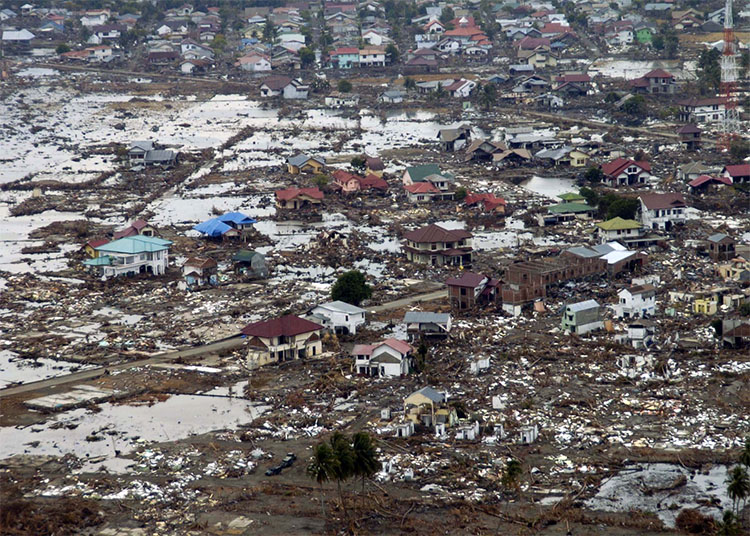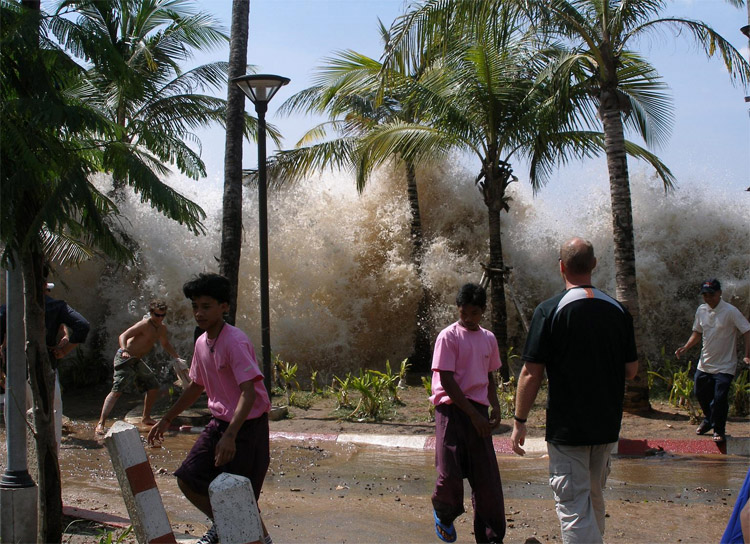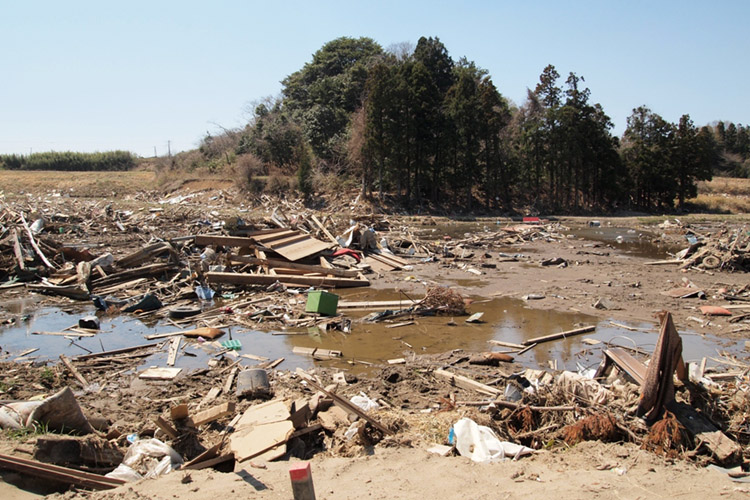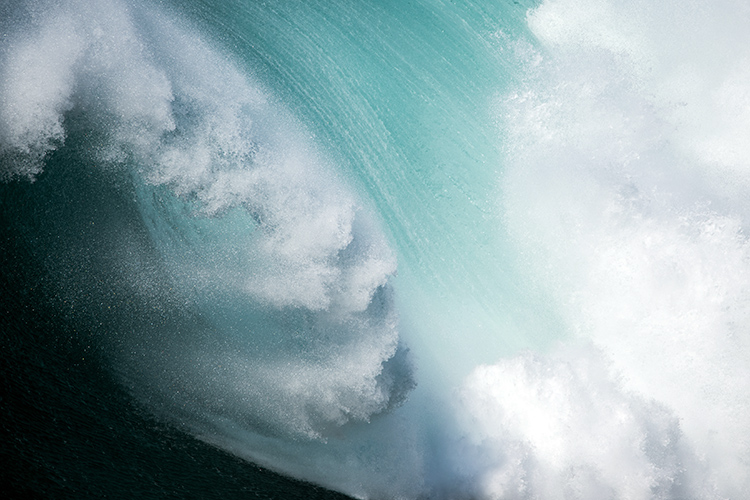Learn how to prepare for a tsunami. Here's what you should do when a tsunami warning is issued.
A tsunami is a powerful wave that damages and destroys buildings and inland infrastructures and injures or kills people.
The word "tsunami" has its origin in the Japanese words for harbor ("tsu") and wave ("nami").
Tsunamis are a rare natural phenomenon that can be triggered and created by major earthquakes, volcanic eruptions, submarine and onshore landslides, calving icebergs, and even asteroids and meteorites.
A tsunami event is more likely to occur in the Pacific Ocean region.
According to scientists, around 75 percent of the planet's tsunamis occur in the so-called "Ring of Fire," i.e., Chile, Peru, Alaska, Japan, Philippines, Indonesia, and New Zealand.
Unlike a regular set of ocean waves, the wave trains created by the tsunami carry an abnormal amount of energy that has the power to disintegrate anything it encounters when it strikes land.
Standard ocean waves have periods of 5-20 seconds. However, the series of surges produced in a tsunami can be five to 60 minutes apart.

These tsunami-generated waves can travel in the open ocean at speeds of over 500 miles per hour (805 kilometers per hour), the equivalent of the speed of a commercial jet plane.
Interestingly, the first wave of a massive tsunami is exceptionally tall, but it is not the most dangerous one.
The most destructive part of a tsunami is traveling behind that initial wave.
Why? Because when the first tsunami waves reach the shore and shallow waters, they slow down and tend to pile up the waves coming at full speed from behind.
That accumulation of energy is what causes chaos and destruction.
A Ruthless Wave Train
It's impossible to predict a tsunami because you can't predict earthquakes, landslides all the other events that lead to its creation.
However, people can dramatically increase their chances of surviving a tsunami if they follow a simple yet critical list of safety recommendations.
Interestingly, in the event of a tsunami, the safest place for a boat to be is out to sea, in deep water. If a vessel is hit by a tsunami near shore in shallow water, it will be shattered to pieces.
Tsunamis can also be brutal to all sorts of life forms underwater. A diver, for instance, will hardly survive a tsunami because he will be caught by violent spinning currents.
Let's not forget that a tsunami can travel as far as 10 miles (16 kilometers) inland, and its waves generally measure between 10 and 100 feet (3-30 meters) in height.

Believe it or not, the largest recorded mega-tsunami wave measured 1,720 feet (524.2 meters). It was documented on July 9, 1958, in Lituya Bay, in southeast Alaska.
So, people must act quickly to save themselves and forget their personal belongings. There's just no time to think about possessions.
Here's what you should do when a tsunami warning is issued:
1. Don't Wait for a Second Longer: Evacuate
Once a tsunami alert has been issued, evacuate as soon as possible. Drive a car, ride a bike, or simply run away from the coast.
Try to go as far inland as possible toward higher ground or even nearby mountains, hills, and forests.
Ideally, you should move at least two miles (3.2 kilometers) inland and/or 100 feet (30 meters) above sea level. And remember that roads may be wiped out by the incoming tsunami.
2. Keep a Distance From Large Infrastructures
Because tsunamis and earthquakes are often connected, try to evacuate to open areas with few man-made infrastructures.
Stay away from bridges, power lines, tall buildings, walls, and other heavy objects that might fall during the aftershock.

3. Stay Informed: Listen to the Radio and Check Out the Internet
Stay tuned to emergency information and alerts via local radio stations whenever possible.
Also, visit the national weather services' websites and social media platforms for updates and additional safety procedures.
Communicate with friends, relatives, and authorities and share information on your current location. Report casualties, injuries, and severe risks to populations.
4. Stay Calm and Alert: Communicate and Share Information
Don't panic. Try to maintain calm and vigilant, and read the signs that both nature and your surroundings reveal.
If you get caught in the flood, try to grab a large floating object and use your legs to steer yourself to safer areas.
Never abandon a safe place before the authorities issue the "all clear" statement.
Discover 35 interesting facts about tsunamis.
